The Best Kept Secret: Why People Have to Squat Differently
*Updated 6/6/18
Check out The Movement Fix on Instagram @themovementfix
We now have a 20 minute podcast episode to talk more in depth on this topic located HERE.
Introduction
There is absolutely no one size fits all squat position. If you don't believe me, you are in for a treat. This article will help show you why athlete comfort should dictate squat width, why some people's (not everyone) feet point out (no matter how much "mobility" work they do), why some people have a really hard time squatting deep, and why some people are amazing at pistols while others can't do them at all.
Need more hip and low back mobility? Start with Day 1 of our Hip/Low Back Mobility Program for free:
Basic Anatomy
The hip joint is basically made up of a "socket" on the pelvis (called the acetabulum) and a "ball" at the top of your thigh bone (femur), which we call the femoral head. Around the hip joint are a lot of muscles, a joint capsule, and connective tissue. There are many other anatomical considerations when considering a squat, but let's focus on the hip.
Basic Anatomy - Bones of Hip Joint
In this photo, you can see a full diagram of the hip.
On one side of the hip, you have the pelvis. The pelvis is made up of three bones that together form the hip socket.
The femur fits tightly into the hip socket, covered by connective tissue and then layers and layers of strong muscles.
Basic Anatomy - Femur
In this diagram of the femur, you can see all the labeled parts. For this article and for the variations that are related to squatting, we will primarily be focusing on the head and neck of the femur (the labels of those parts are written on the bone in white).
The views in this image are from the front and from the back. You can also imagine taking a view from the top down, which will be important when we discuss torsion/version of the femur.
Basic Anatomy - Hip Socket
Here you can see the femurs are made transparent so you have a better view of the hip socket, technically called the acetabulum.
These diagrams are standardized and typically show what's considered 'normal anatomy'.
Humans, however, are not all the same and the way the femur and hip socket is shaped can vary from person to person, which will make the way they squat different.
Basic Anatomy - Hip Socket from the Side
In this final diagram, we see a hip socket from the side.
In the next sections, we will be looking at real bones instead of diagrams. To note from this diagram is the orientation of the socket. There can be variations in this orientation as well as the depth of the socket, as we will see in the upcoming section.
Generally, the deeper the hip socket, the less range of motion as there is more bony coverage. Conversely, the shallower the hip socket, the more range of motion there will be.
Let's take a look at some real bone photos and discuss the real world variations.
Anatomical Variations
The variations that exist are numerous, but these are the main boney ones to consider:
1. Femoral neck angle
2. Length of femoral neck
3. Version/torsion of the femur
4. Combination of femoral variations
5. Hip socket orientation
6. Depth of Hip Socket
When someone has difficulty squatting, or their feet turn out, or they like a wide stance, we all want to jump on the bandwagon and say "your hips are tight, you need to mobilize them". If we say that without considering anatomical variations of the hip joint, we can be misled.
1. Femoral Neck Angle Variations
Let's take a look at this first picture. Here we have two femurs from two different people. One points more upwards, the other points more downwards.
Do you think these people will squat the same when they have that much bony difference? This is an example of femoral neck angle variations.
2. Length of Femoral Neck
In this second picture, we see an almost identical femoral neck angle, but the length of the neck is different between the two images, which can affect how much of the head/neck is covered by the socket of the hip joint.
There can also be differences in the size of the femoral head. There is a relationship between the size of the femoral head and the depth of the hip socket.
The more 'full' the socket of the hip is with the head of the femur, the less overall range of motion there will be in hip motion.
3. Torsion of the Femur
Look at the next photo, specifically at how different the angle is that the ball is pointing between these two femurs. One of these people will have a bony block when they try to squat narrow while the other can squat narrow like a champ. One literally will have to toe out substantially so that both femoral heads are in the socket in the same orientation (left person and right person).
This view represents torsion of the femur. This is typically a genetic result, although it could be due to repetitive motions when the skeleton is still malleable and growing during youth.
Maybe your piriformis isn't the limitation after all.
4. Spectrum of Femoral Variations
In this final photo of femurs, you can see the different lengths, sizes, femoral neck angles, and torsion.
There isn't one variable with the rest of the factors held constant from person to person. There can be different neck lengths, different amounts of torsion, varying neck angles, and of course variations in the hip socket depth and orientation.
With all of these factors considered, it can be overwhelming. The video at the top of this page demonstrates how I try to make sense of this information.
It isn't an exact science, it's a best guess based on the available assessments and information.
5. Hip Socket Orientation
Things get even more interesting and variable when you start looking at the hip socket. Take a look at this next picture. On the left, you can see into the socket. This person will likely be able to squat with a deeper vs. the person on the right who literally run into themselves when squatting.
This is an example of hip socket orientation variations.
This picture also demonstrates different hip socket orientation.
As you can see on the pelvis on the left, the sockets appear to be pointing upward and more forward. If you consider the socket like a flashlight, the femur would express its range of motion where the beam of light would shine.
The pelvis on the left would allow for better narrow and deep squatting arguably.
6. Depth of Hip Socket/Socket Orientation from Side View
This final picture is a view looking at the hip socket from the side. One is pointing straight out, the other is pointing down and in the front. That is an example of hip socket orientation differences.
Additionally, it appears the socket on the left is deeper while the one on the right is more shallow. This is an example of variation in hip socket depth.
The deeper a hip socket, the more overall range of motion will be limited. The shallower a hip socket, the more general range of motion the hip joint will have.
A hard question to answer is this: is a hip tight due to muscles or is it a deep hip socket?
Wait, but...
There are common questions that arise after reading this article and learning this information for the first time. Let's take a minute to address them.
"Doesn't the hip socket orientation offset the femoral variation?"
This is a great question. The answer is no. The Mckibbin Instability Index demonstrates variation. It's essentially a sum of femoral torsion and acetabular torsion.
"So everyone is going to blame their bones and not work on their mobility"
No. This is one piece of information to be used in the overall picture of someone and how they move. To neglect boney variations would be the same as neglecting height. Height is boney variation. Do you expect a 7' tall person to move the same as a 5' tall person and play sports the same way?
"Is squatting toed forward vs toed out better/worse?"
That would depend on all the factors above. As long as established biomechanical factors to injury are absent from the squat (such as knees collapsing in, lumbar spine flexing, foot/ankle dropping inward) there isn't necessarily a mechanism of injury. If the hip is positioned optimally and the knee tracks over the middle of the foot, there isn't a common mechanism to injury.
With that said, it doesn't mean squatting with your feet turned out 90 degrees is the best way to exercise and strength train and by absolutely no means should this information be used to allow poor biomechanical squats with the toes pointed excessively out and the knees dropping inward.
Need help with your hip/low back mobility? Download Day 1 of our Hip/Low Back Mobility Program:
So What Do you Do?
First, the video at the top of this page shows an assessment that can be used to determine athlete squat stance. We also have this blog post demonstrating this more in depth.
Generally, blaming your bones for the quality of your squat isn't the best idea. Constantly working to become a master of your body and getting as much range of motion in your joints that you can is best.
Some common areas that need to be worked on are the adductors, the hamstrings, the quads, and also this routine that you can use to prep your hips before squatting.
Closed and open chain hip circles can also be a great drill to use to maximize your available hip range of motion while building control.
Conclusion
Athlete's won't squat the same, and they shouldn't! The general principles of squatting should be the same: knees tracking over the middle to outside of the foot, heels staying on the ground, minimal low back and spine motion.
I hope I shed some light on the WHY. Athlete comfort will dictate the stance that puts their hip in a better bony position. There are narrow squatters and there are wide squatters. There are toed forward squatters and toed out squatters.
That may have nothing to do with tight muscles or "tight" joint capsules and have more to do with bony hip anatomy. Or it could have nothing to do with bony anatomy and everything to do with squatting technique, muscle stiffness, and body awareness.
People will express their hip mobility in different planes, and that is not a bad thing.
All photos were used with permission from http://www.paulgrilley.com/bone-photo-gallery
What to Read Next
Top 5 Exercises to Work On Your Hip Extension
Top 5 Exercises to Work On Your Hip ExtensionIntroductionIn this article, we will cover: What hip extension is The difference between global extension and hip extension The muscles that control the pelvis and the muscles being stretched when the hip joint is more...
Why Your Lower Back Hurts When Sitting and What to Do About It
Why Your Lower Back Hurts When Sitting and What to Do About ItIntroductionThere are a handful of reasons why your lower back may hurt while sitting, so it’s impossible for an article on the internet such as this to explain to you exactly why your back hurts, but since...
Our 3 Favorite Exercises for Eccentrically Stretching the Hamstrings
Need help with your hip/low back mobility? Download Day 1 of our Hip/Low Back Mobility Program: Our 3 Favorite Exercises for Eccentrically Stretching the Hamstrings Introduction In this article, you'll learn our 3 favorite eccentric exercises to stretch the...
Top 4 Hip Mobility Exercises
Need help with your hip/low back mobility? Download Day 1 of our Hip/Low Back Mobility Program: Top 4 Hip Mobility Exercises Introduction In this article, you'll learn the top 4 hip mobility exercises that we recommend and prescribe. But first, why 4 exercises? These...
Get all our latest articles sent directly to your inbox
Comments

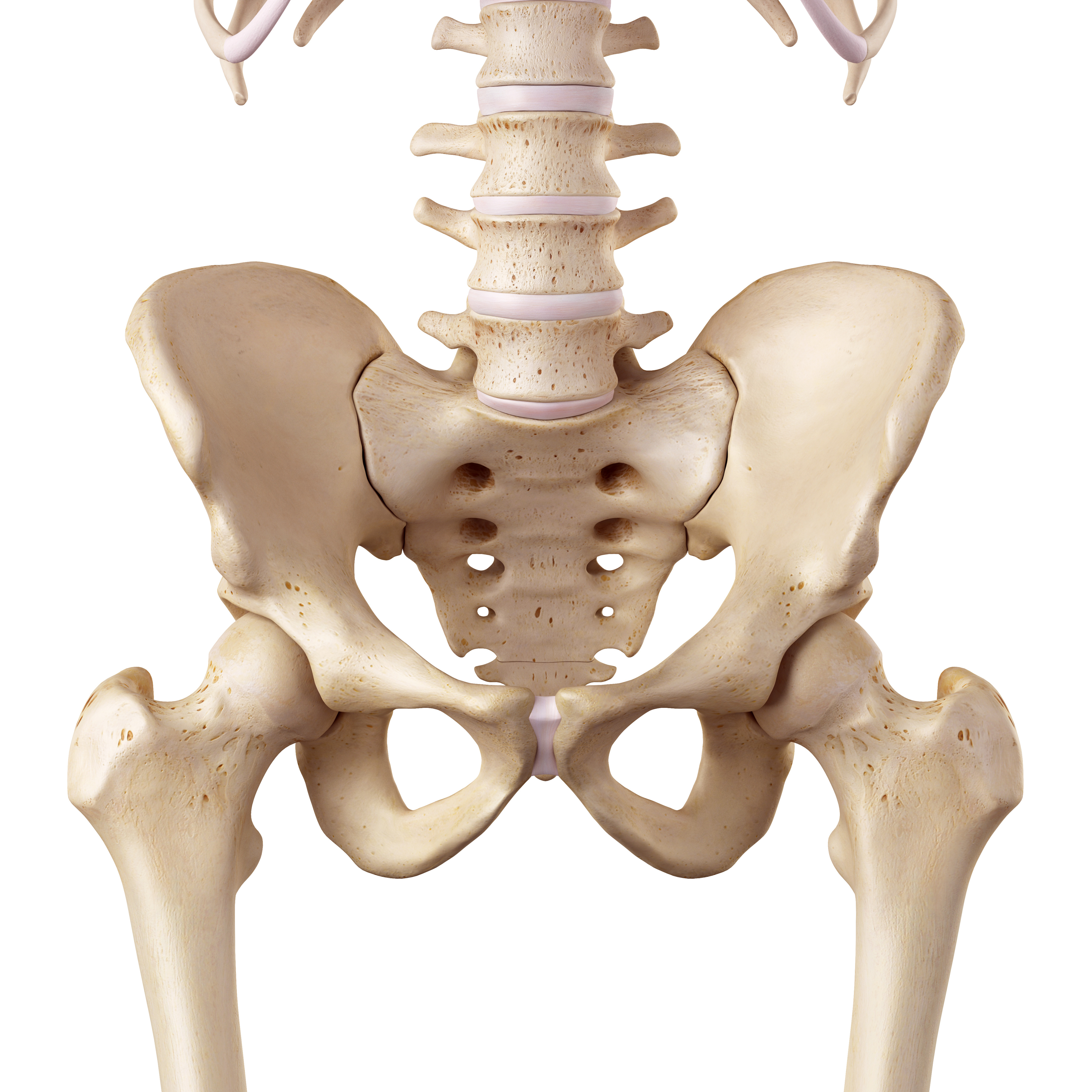
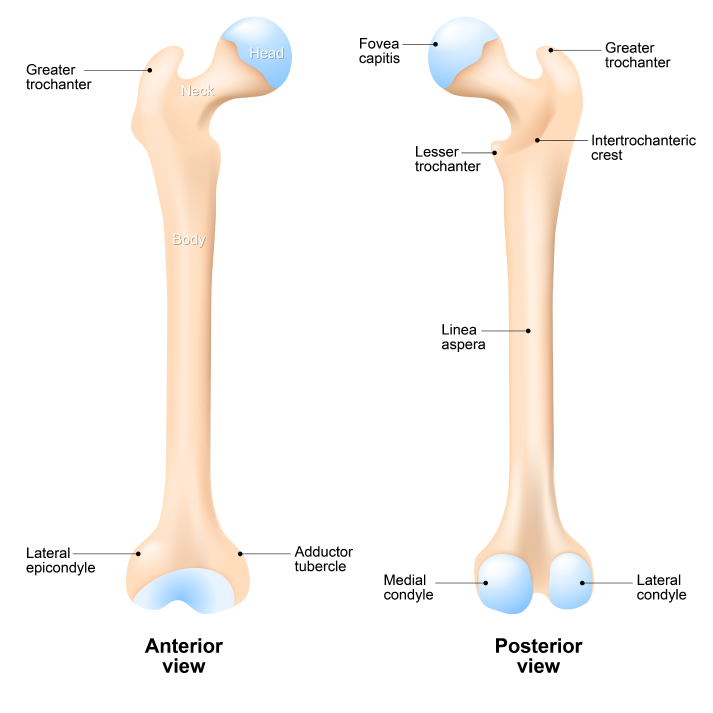
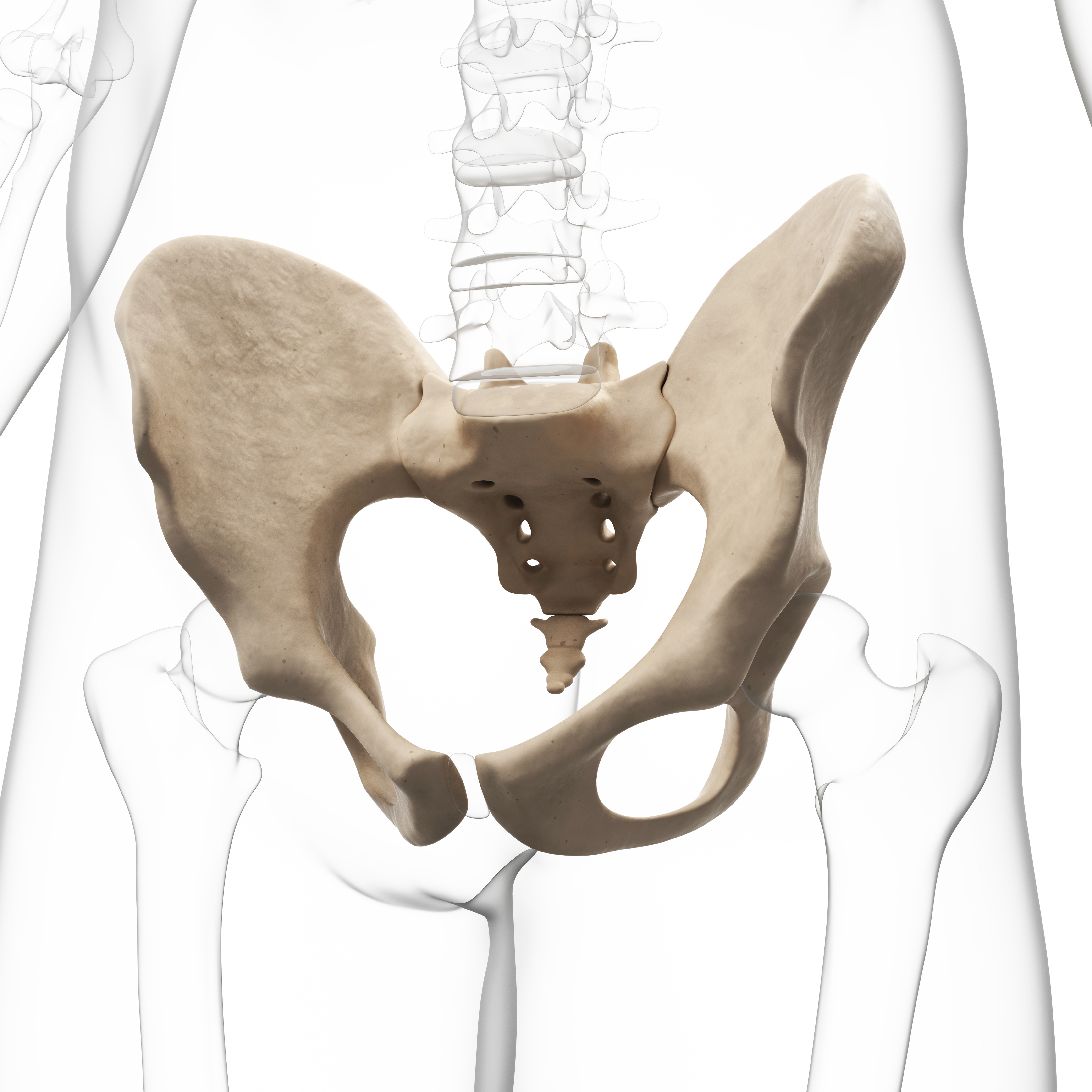
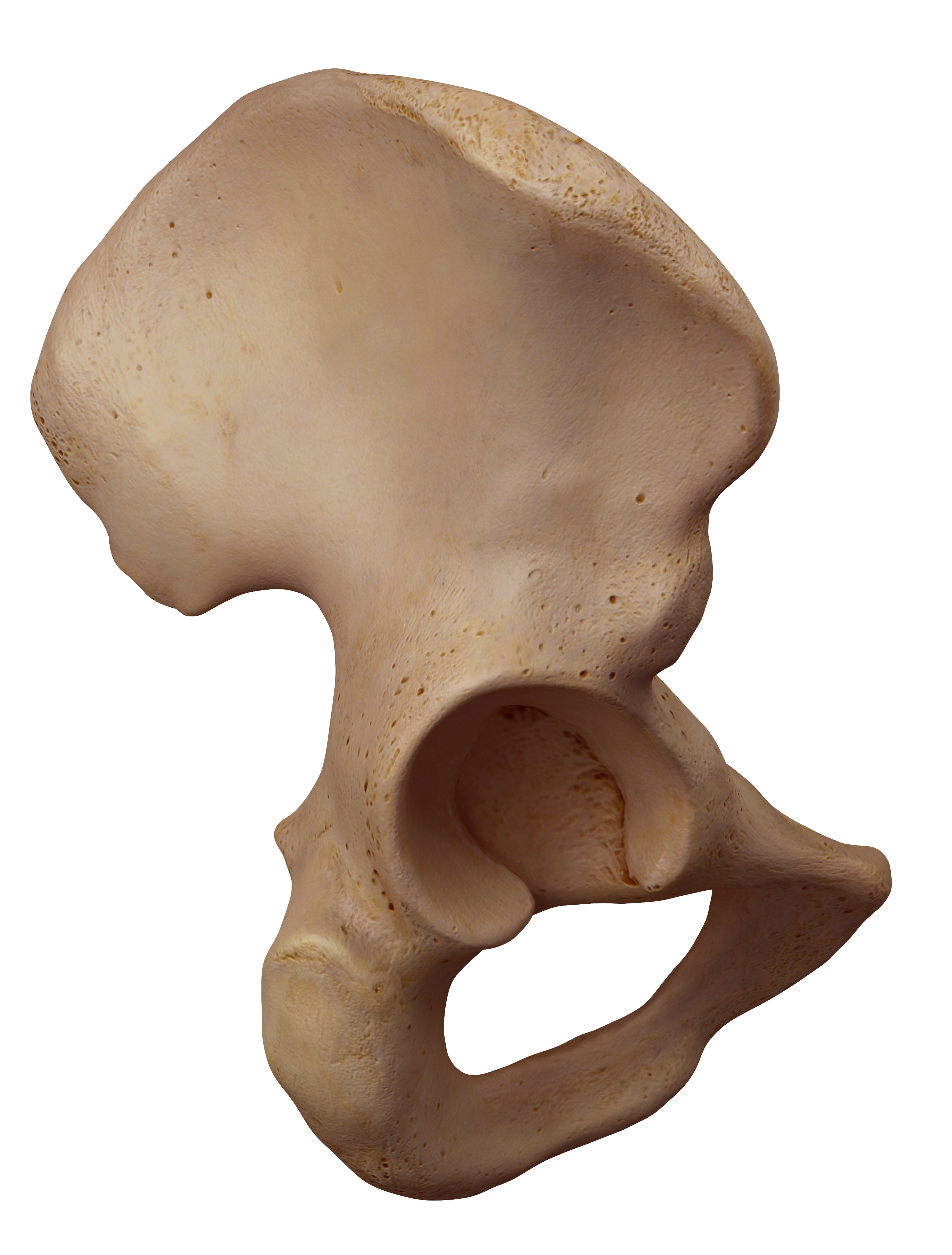
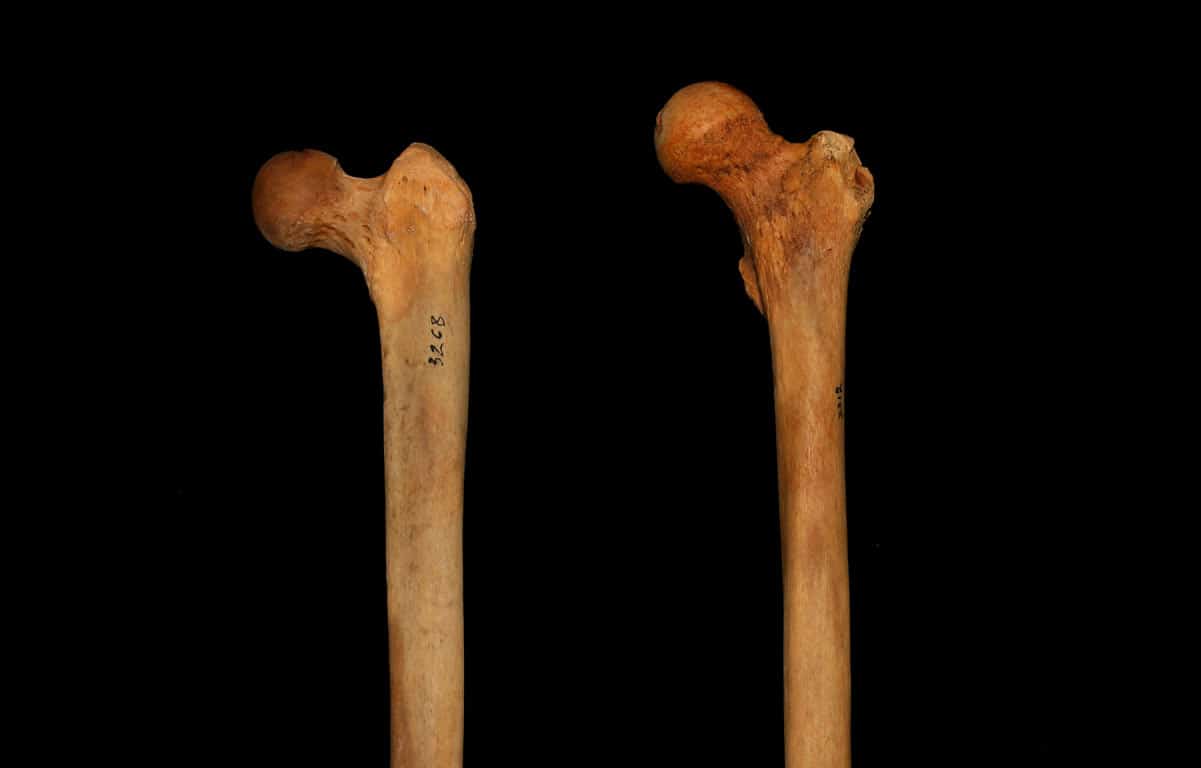
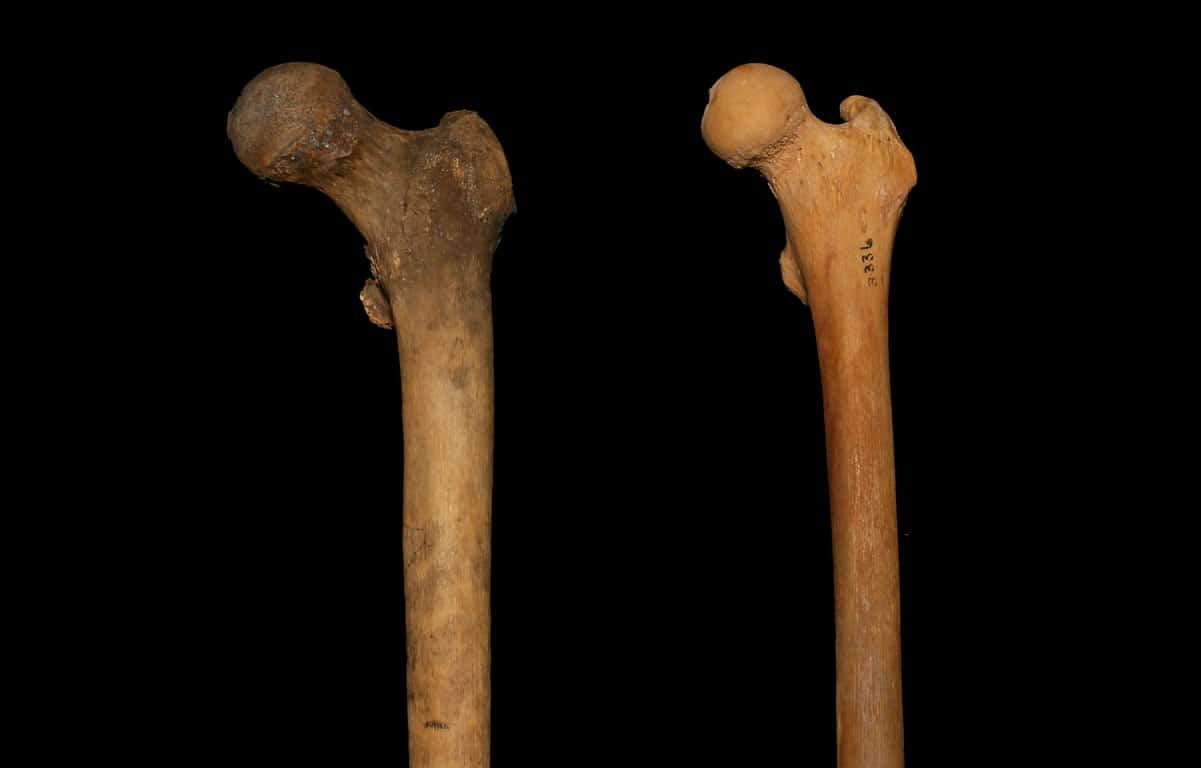
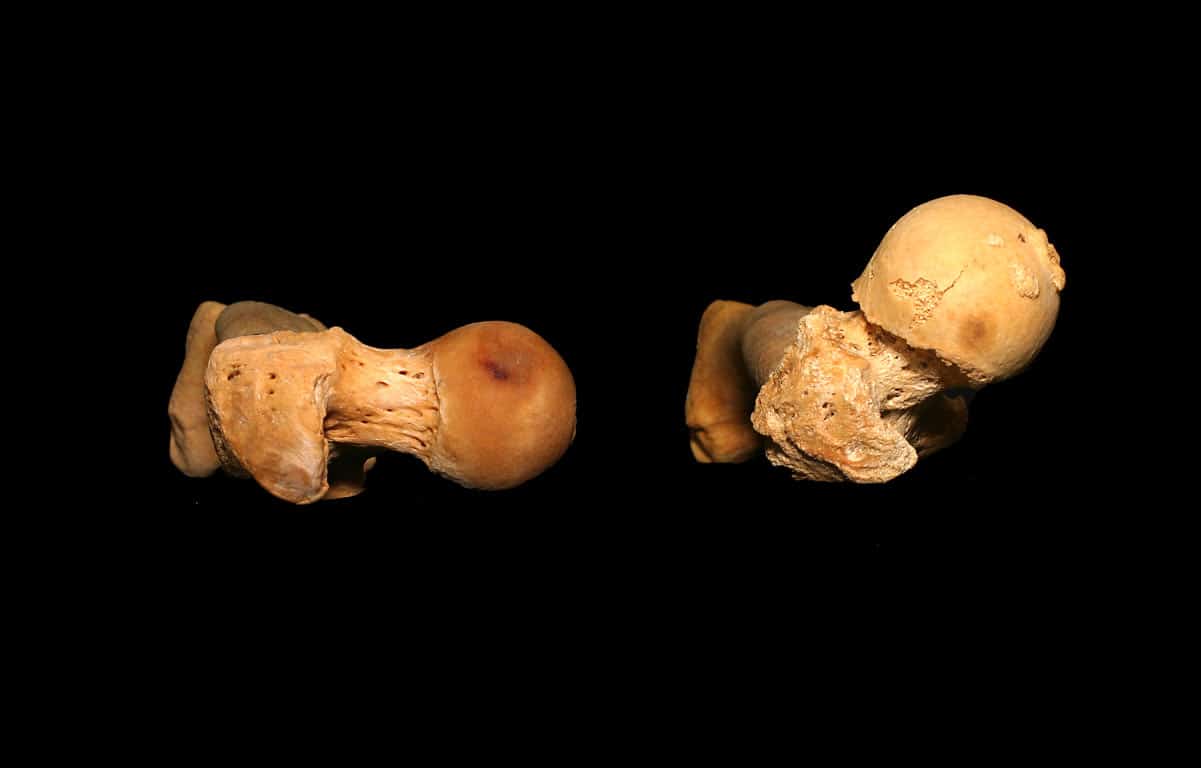
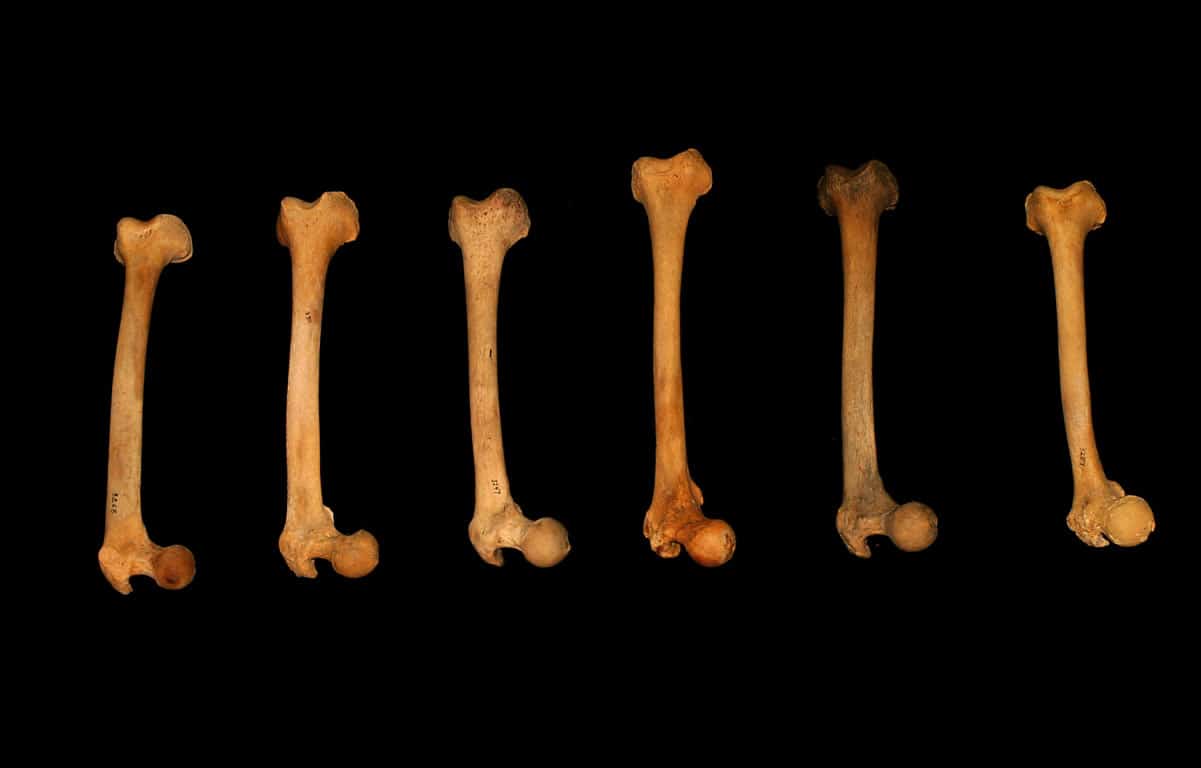
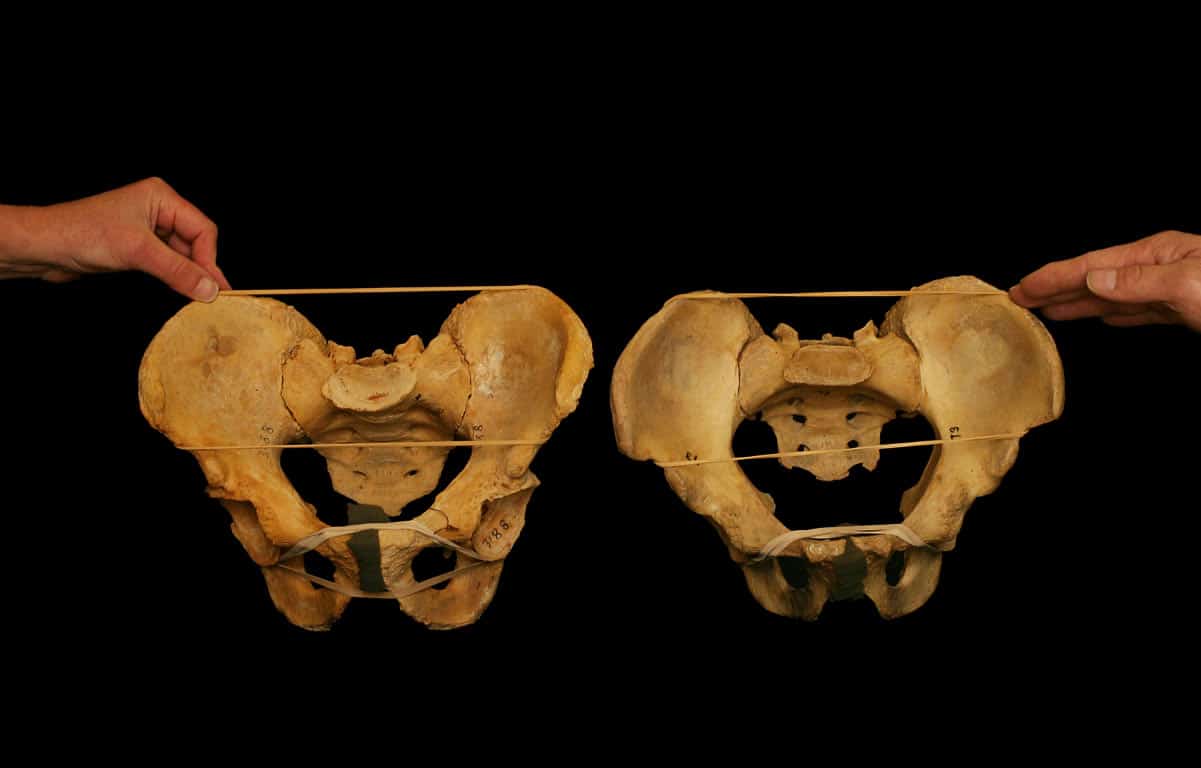
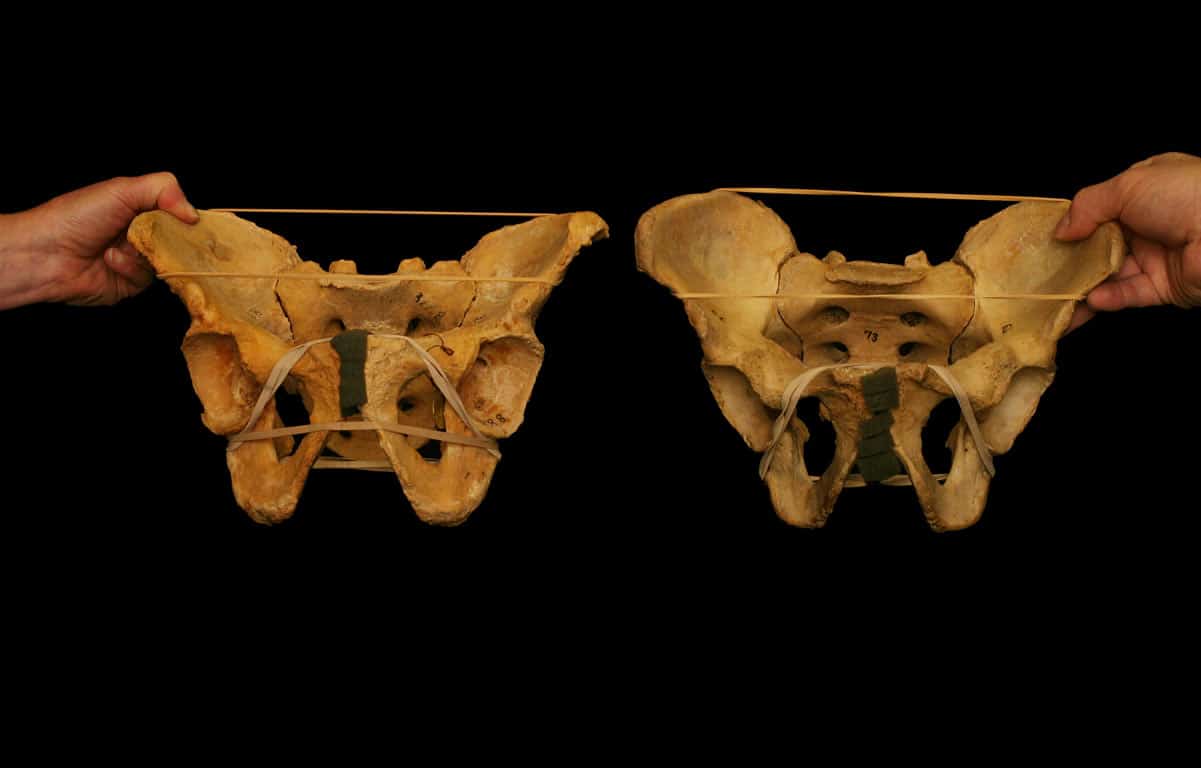
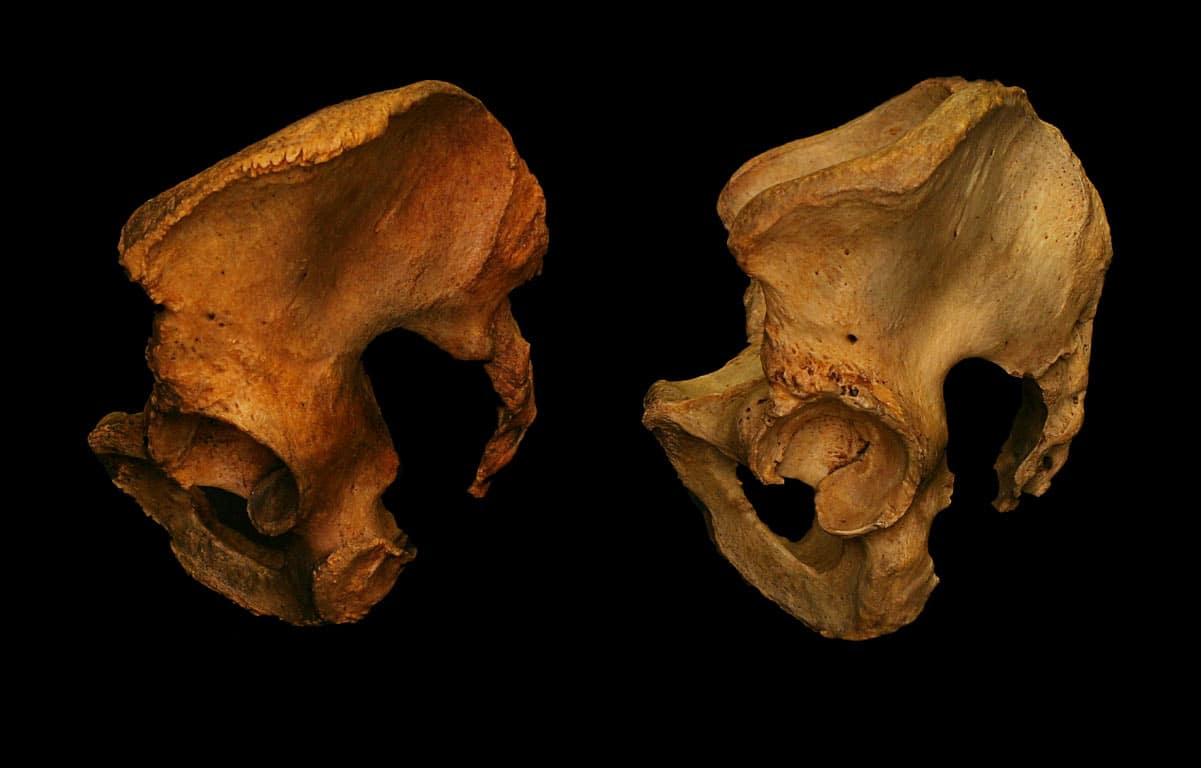
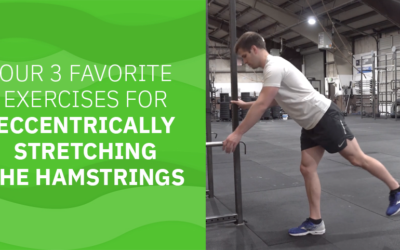


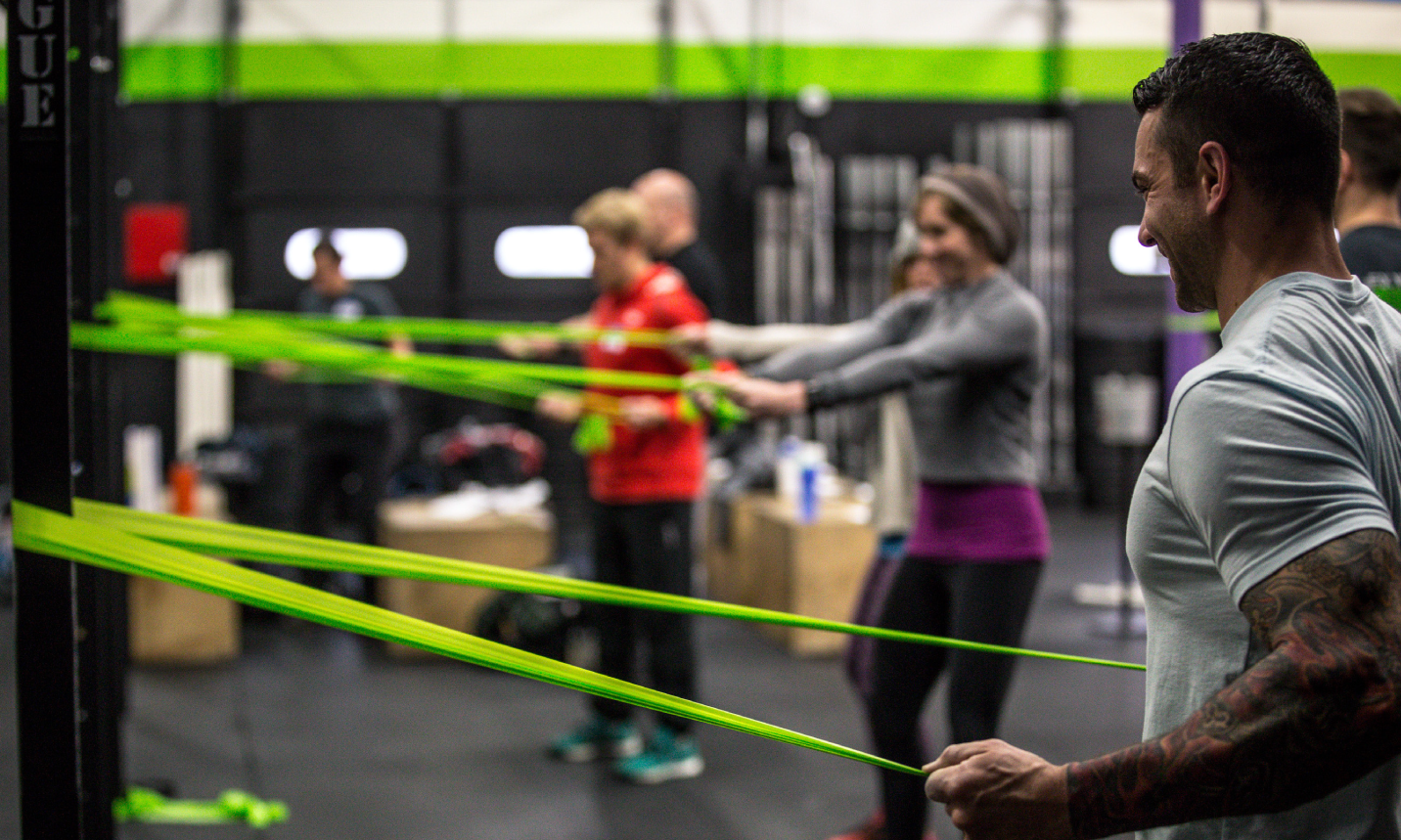
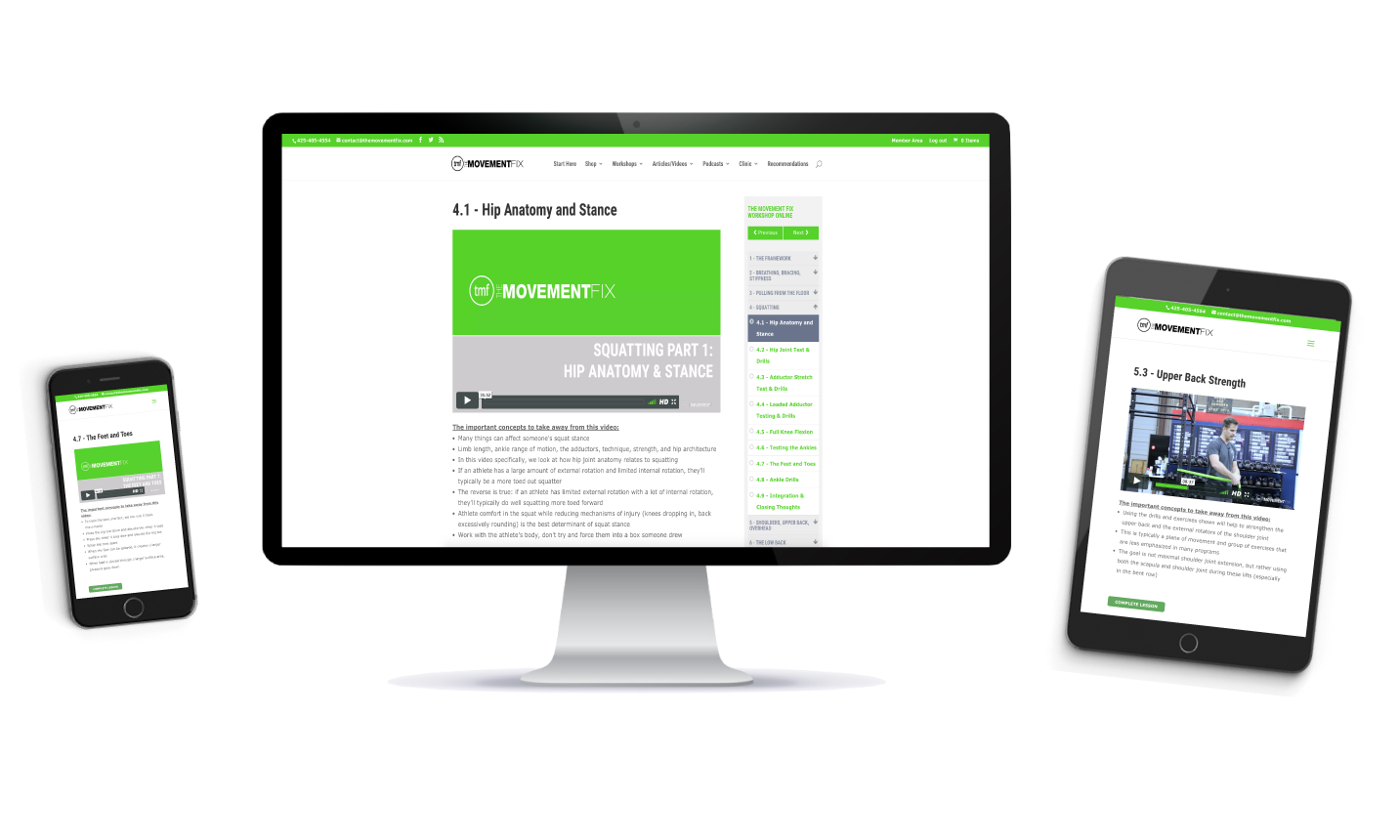
Okay so someone who doesn't have a personal trainer and is reading up on squats, how do you know if that person is doing their squats right? I love squats but it would be good to know if I am doing them correctly with my body. I have also read up on it a lot. I have flat feet and my feet turn out a bit, the right more then the left. Anyone know any information I can read up on that would help?
Unlock your ankles! Using a lacrosse ball, work on the soft tissue in the anterior shin. Both sides of the shin bone. Not on the shin bone, but the tissue surrounding it. Hope this helps!
Your feet should turn out when you squat. If your toes are pointing forward and your feet are parallel, then you're going to put a lot of stress on your knees.
Make note of the person talking about defecation. When you squat down without a bar; as if to make poopy on the ground, then you're looking at a great and balanced example of how your feet should be placed during a high or low bar squat.
It goes well beyond just bony anatomy. Infact it goes well beyond the hips.
In the instance of miranda her increased angle.of gait could be result of retroverted femurs, excessive tibial external rotation, medially deviated STJ axis position, short tfl/iTB. The list is endless.
I don't think this article.is trying to suggest you discredit soft tissue influence but rather not discount bony influence on lower limb movement mechanics.
Really this should have been covered in undergarduate functional anatomy and biomechanics studies. Despite this many personal trainers would be reading this informatiom.for the first time despite many years of practice.
I am a firm believer in moving all personal trainer qualifications to a university undergraduate degree. Not to suggest most personal trainers aren't capable of understanding this stuff but rather they aren't being exposed to critical detail in their training.
This only adds to the current climate of confusion and misleading information presented by fitness guru bloggers.
Mr Mac,
I love what you said:
"I don't think this article.is trying to suggest you discredit soft tissue influence but rather not discount bony influence on lower limb movement mechanics."
That is exactly the point of this article. I think too often we blame everything on soft tissue and don't consider the bony structure. Both are important. The ankles are important, the length of the femur and tibia, as you mentioned, are important. You have to take the whole person into account.
I agree, this stuff shouldn't be a "secret", it should be taught from the top down!
-Ryan
Glad I came across your site Ryan. Bret Contreras posted a link and am very thankful he has made me aware of your resources.
Shame you guys are on the otherside of the world otherwise I'd come and check your clinic out in person.
Thanks.for bucking the trend and actually providing some quality, evidence based (driven by practical experience and methodologically sound research) information.
I'll be sure to read your stuff more often now that I have become aware of it.
Thanks again
Christian McErvale - Australia
Hi Miranda, If your foot turns out, yet your knee is straight ahead, then most likely, the medial head of your gastrocnemius and the peroneal muscles on that leg are over-shortened relative to other muscles. Specific tension release in those specific muscles very often straightens the foot. Sometimes long, gently, focused stretching will do it (if you can get the stretch targeted sufficiently), but in other people, it requires manual pressure into the belly of the muscle. Problem is, if, for example, you stretch BOTH heads of the gastrocnemius with a "standard stretch," you will neutralize the corrective action, and get no real change i structural alignment. ...
When I work (and I've been using this technique for well over 30 years), I do NOT do any "cross-fiber" or "stripping" or much side-ways movement AT ALL. I hold steady, specific pressure on the tightest lines of fibers within the muscle, one line at a time. And I often have to hold that steady pressure for MANY minutes, with very little sideways movement. Just let the muscle relax, and sink in a little deeper each time it relaxes some. I go for several "let-gos" to tension. The idea is to learn how to Feel, Relax & Lengthen specific muscles.
I do NOT try to "strengthen" over-lengthened muscles, BTW. Or at least not until there is definite return of the bone segment to a more aligned positioning.
Sometimes, ONE treatment does the job, others, not so lucky.
Tibial torsion is most likely the culprit here, not muscle.
Picture 6, quote, "My guess is that one of these people will be better at pistols and one will be worse." You can say that about any two people without seeing their bones. In fact this is all guess work. Today with MRI you can see living people's bones, then test how well they can squat. Different stance may apply, but everyone should be able to squat deep, as that is how humans have been defecating for tens of thousands of years, and how most humans alive today still do.
http://deansomerset.com/butt-wink-aout-hamstrings/
Since you have so much insight on the bone structure....what crunched/popped in my inner, lower butt cheek when I went down doing a cossack squat? The shooting pain crunching happened in the cheek of my bent leg. This morning my lower back now hurts, and a bit down my hamstring but the injury def felt like it was in my lower, inner butt cheek/pelvic joint area. I looked at several pelvic anatomy pics and I can't see what it might have been.
Do these differences have an impact on a person's ability to do front and/or side splits?
Yes.
This article is very true, there is no one size fits all when it comes to form on a squat. I was a gymnast for years and I can move my legs from my hips in very strange and obviously flexible ways, however, on a parallel squat I just cannot hold a narrow stance comfortably. I have to have a wide stance with my feet turned out slightly to feel my glutes involved in the upward momentum, and to feel like I'm sitting back on my glutes and using them to stabilize instead of using my quads the most when I'm going down. It all comes down to personal comfort and personalized muscle activation. I believe you should adjust your stance to feel the right muscles activating. If I were to do a narrow stance I would just be using my quads. Strangely enough when I am doing ass to ankles squats I can use a narrower stance and still feel the activation in the right places. Nothing worse than doing squats in the wrong stance for your body and using your quads for everything. You need to position so you feel it in your glutes. There is a way to make it work for you, you just need to shift around a bit and practise different stances until you actually feel and see the raise and contraction your glutes do when your on your way up from the squat, and in that position you should also be activating your glutes and hamstrings for balance and control on the way down.
Very cool! I can imagine what my pelvis must look like based on my strengths and limitations.
In many asian countries, everyone can do full depth squats like nothing, and it doesn't appear that their stance width is rigidly defined. And I've seen video of an African hunter gatherer tribe where everyone full depth squats around the fire, and they even "walk" in a full squat. Those are two completely different sets of bone structures where virtually every member of the group has no limitation on squatting mechanics. I think it's pretty likely that the vast majority of white people would be super flexible squatters, too, if they grew up with it. And I think most people could get back to that if their lives depended on it.
I was thinking about that too, and I wondered if their bone structure develops that way from squatting their whole lives. Young bones are quite malleable and could be trained from squatting all the time at such a young age.
That reminds me, I found that video I mentioned above:
http://www.youtube.com/watch?v=Y619h01VUDE#t=56
Exactly. I'm a bioarchaeologist, and what I research is how bones adapt to activity. How you sit/squat as a child and adolescent will affect your later ability to squat.
Very interesting! I have always been taught (physical therapist) that the Asian culture has more shallow sockets in general (shoulders and hips). African sockets are more deep, if I remember correctly. What have you learned in your studies regarding the sockets for the Asian population? Very curious!!
My Asian husband and daughter have extremely deep sockets. She cannot properly execute the “Asian” squat. Her twin brother, however, can easily squat this way. As can I, and I’m just a run of the mill Caucasian. I know you’re just generalizing, but dude, race isn’t real. It was made up by white people with inferiority complexes and as a means to divide.
Some of the difference could be based on whether the hips are from a male or female?
Good stuff. Nicely clarified all those variations. It was a great read. I would love to read many more posts by you.
- Ladies Camo Fitness Tights
Thanks for posting this. It helps visualize the problems in making assumptions about bones quite a bit. Slightly different aspect on the pelvis, many years ago I was teaching that the usual way of "measuring" pelvic tilt was the line from ASIS to PSIS was potential trouble. I kept saying there was too much anatomical variation between peoples' pelvis' for that to be a highly reliable indicator. After a while, a few physical therapists who were in my programs "threw out" (metaphorically speaking) their goniometers, realizing they were not getting reliable readings with that indicator. Recently, more research has come out proving that point. So I was using secondary indicators to determine pelvic tilt as best as possible (if no imaging was available).
I think the biggest problem with all this is when people use too much muscular force to try and push or pull themselves into a "proper, ideal alignment." This is where they risk creating too much soft tissue tension, and putting too much stress on joint structures. With very few nociceptive (pain sensitive) nerves WITHIN the joint capsules, it is way too easy to put a lot of stress on joints and not know it. I tell people that if they are forcing themselves into so-called "proper alignment," no matter how "ideal" some "expert" tells them it is, they are increasing their risk of damage. This applies for yoga as well as fitness training.
Does this play a role in hip replacements? I have seen a number of people after hip replacements with one leg slightly shorter than the other.
As a skier squats exersize the muscles (quadriceps) that get the most work on the slopes. But 30 years ago I tried to stop on ice skates like I can on skis. Smashed my hip so hard doing squats inflames the joint. Now I use the stair climber.
The foot has dozens of muscles, bones, and connective tissues pilnapadystė. When these are heavily stressed, they become swollen and bone structures may change because of weight and gravity, which can eventually lead to flat foot.
So in pictures 1 and 3 is the pic on the right indicative of a wide stance squatter?
Here's how I see it:
Your height will greatly dictate what position you play in the game of basketball. But the rules of the game don't change. Same goes with lifts. The rules of squatting (for general training) are 1) Midline stability, 2) Loading order, 3) Laws of torque. (Range of motion is a way to challenge those rules, not a rule itself). This is what I think Kelly talks about when he says that everyone has to squat the same. Of course everyone's squat won't look the same, but the movement and mechanics are. Trying to work around these rules would be like my 6'0 self trying to play power forward. It can work in some situations but I will be very limited.
Great article and video! I'm a SPT and very interested in adjustments and individualized kinematics. Previously as a tech, I've seen PT’s in the clinic assess a patient's squat, then place a 2x4 board under their heels and ask them to repeat the squat. Is this to compensate for the first rule of keeping the heels on the ground? What is the benefit to the 2x4? Does it help achieve a deeper squat? Thanks again-
Danny
Chandler, AZ
Curious on your take with someone like myslef who has bilateral hip replacements. Right was done with posterior access in 2010 and the left was done 3/2015 anterior access
[…] tibial torsion, students who are particularly bowlegged or knock kneed, students with wildly different hip structures, and similar variations in the hands and arms. All of these people had to adapt their techniques […]
[…] home, I’ve spent a long of time reading and thinking. One article that I read was ‘Why people have to squat differently‘. It explains that people’s differing abilities can’t always be explained as […]
Thanks for sharing, but how do you reconcile this with Wolf's Law? Seems to me that the hypothesis here (that bones are inherently different) may be a symptom of lifestyle and not a root cause.
Really valuable info!!! Thanks!!!
[…] Why People Squat Differently […]
[…] Why People Squat Differently […]
[…] Why People Squat Differently […]
[…] Every body squats… differently If you meet a fitness professional and/or a medical professional that claims that squats are terrible for your knees, please ask them for their reasoning and have them back it up with science and research. If they don’t, politely walk away and find someone more knowledgeable. Squats are not inherently bad. They only movements that are “bad” are ones that are performed poorly… and poor movement loaded with weight is only a recipe for bad problems down the road. The reason that there is not one way to squat is because of the differences in people. Here’s a great post on this topic: https://themovementfix.com/the-best-kept-secret-why-people-have-to-squat-differently/ […]
[…] Why People Squat Differently […]
[…] in reading more about why people have to squat differently? Check out this great article by The Movement […]
[…] Every body squats… differently If you meet a fitness professional and/or a medical professional that claims that squats are terrible for your knees, please ask them for their reasoning and have them back it up with science and research. If they don’t, politely walk away and find someone more knowledgeable. Squats are not inherently bad. They only movements that are “bad” are ones that are performed poorly… and poor movement loaded with weight is only a recipe for bad problems down the road. The reason that there is not one way to squat is because of the differences in people. Here’s a great post on this topic: https://themovementfix.com/the-best-kept-secret-why-people-have-to-squat-differently/ […]
[…] Why People Squat Differently […]
[…] variations that will influence the way that you squat. Check out Mike Reinold’s and Ryan Debell’s article to learn more about how anatomy influences […]
[…] person to address the variations of the hip joint, and I’ll refer you to Dean Somerset’s or Ryan DeBell’s articles for more in-depth reads on this […]
[…] Why People Squat Differently […]
[…] artigo foi baseado no post do Movement Fix e as fotos dos ossos humanos foram retiradas com permissão de Paul Grilley’s bone photo […]
[…] get into the details about all the differences you can have with your femur head and hip socket, read this if you want to know more, but what you need to know: your foot width and toe direction placement […]
[…] Why People Squat Differently […]
[…] Read the original article here. […]
[…] The Best Kept Secret: Why People HAVE to Squat Differently […]
[…] The Best Kept Secret: Why People HAVE to Squat Differently […]
[…] Why People Squat Differently […]
[…] with a little two-hour presentation to help lifters. After he published a watershed post, “The Best-Kept Secret: Why People Have to Squat Differently,” he was invited to bring his paid seminar to over 20 boxes. That was two years ago; […]
[…] This content was originally published here. […]
https://fitness-eq.com
[…] In general, those with excessive retroversion will feel more comfortable with their toes turned OUT during the squat, and those with more anteversion will feel better with their toes pointed more forward. More on that here. […]
[…] the only way to keep folding is by bending/rounding your spine. And to add to this, depending on how deep or shallow your hip socket is and the length of your femoral neck, either or both of these factors will lead you to greater or lesser flexion at your hip hinge. The […]
Thank you for simplifying this to your readers and your peers patients. You laid it out graphically as well as it can be communicated. And more than anything, I am impressed that you obtained permission from the source of the photos and you give them credit. Cheers
[…] anatomy can affect positioning and programming, in particular with regard to the squat, check out this article by Dr. Ryan DeBell of Movement […]
[…] Why Everyone Must Squat Differently is an informative article that shows actual photos a variety of hip structures. It clearly illustrates why some people have to turn their toes out to a degree when they squat, why some people might be stronger squatting narrow or wide, and why the comfort of the athlete should dictate the stance. […]
[…] Our hip bones have three main parts: the ilium, ischium, and pubis. This is where the femur connects with the hip socket to create a joint. But, not all hip joints are created equal.There are many variations that exist, however these are the main ones we must consider: […]
[…] For more reading on the specifics of anatomical hip joint structure, make sure to check out Ryan DeBell’s great article, “Why People Have to Squat Differently”. […]
[…] Why People Squat Differently […]
[…] información de Movement Fix y Cambiando el […]
[…] be said that this is not the first time this subject has been discussed in depth. Dr. Ryan DeBell of The Movement Fix wrote a great article previously that discussed how hip anatomy can easily differ between people. At […]
[…] ilustrar este último apartado, os recomiendo encarecidamente la lectura del artículo «The Best Kept Secret: Why People Have To Squat Differently» de Ryan DeBell. En el mismo el autor expone diferentes variaciones anatómicas y sus […]
[…] A super detailed look at variations in hip anatomy and why people need to squat differently.: Why People HAVE To Squat Differently-The Movement Fix […]
Your approach is really helpful! I’ve been wondering if someone can point out that we should have very different workout routines depending on the bone structures. For example, The physiological difference between Asian women and African descent women are huge yet and we all follow the same workout... which is pretty ineffective and actually harmful to certain degrees. Could you customize workout for Asian female or at least make some instructional videos how to be aware of own body anatomy for better result? I feel ineffective and painful when I copy typical strength training such as butt lift, sit-ups, planks, etc.
Sith or Jedi, I don't think I need to explain.
And then there's Jabba the Hutt …
No, I'm not saying I'm going to kill him.
But I would like to leave this place as much as possible.
I haven't felt like this in a long time.
[…] femurs which creates a disadvantage in squatting. It’s physics! Check out this Article written by Dr. Ryan Debell of the Movement Fix for more information on the effects of […]
[…] Recently there has been a huge trend to work on “mobility” in the Powerlifting community. For the most part, this is good. However, some people fail to realize that not all movement pattern problems come down to mobility. There are people out there who simply cannot squat with certain stances due to the way they are built. You might be one such person. If your hips impinge at wide stances, you’ll have to narrow your stance until it stops. It is that simple. You can work on mobility all day long, but if you don’t have the right structure to squat wider, being more flexible won’t help. If this is something you’re particularly interested in, check out this article. […]
[…] http://themovementfix.com/the-best-kept-secret-why-people-have-to-squat-differently/ […]
[…] structure of your joints. For example, some people’s hip sockets are more toward the front of their pelvis, some more toward the side. The exact position of muscles and their attachment points is not always the same from person to […]
[…] structure of your joints. For example, some people’s hip sockets are more toward the front of their pelvis, some more toward the side. The exact position of muscles and their attachment points is not always the same from person to […]
[…] structure of your joints. For example, some people’s hip sockets are more toward the front of their pelvis, some more toward the side. The exact position of muscles and their attachment points is not always the same from person to […]
[…] structure of your joints. For example, some people’s hip sockets are more toward the front of their pelvis, some more toward the side. The exact position of muscles and their attachment points is not always the same from person to […]
[…] structure of your joints. For example, some people’s hip sockets are more toward the front of their pelvis, some more toward the side. The exact position of muscles and their attachment points is not always the same from person to […]
[…] structure of your joints. For example, some people’s hip sockets are more toward the front of their pelvis, some more toward the side. The exact position of muscles and their attachment points is not always the same from person to […]
[…] structure of your joints. For example, some people’s hip sockets are more toward the front of their pelvis, some more toward the side. The exact position of muscles and their attachment points is not always the same from person to […]
[…] yapısı. Örneğin, Bazı insanların kalça yuvaları daha çok pelvislerinin önüne doğru, bazıları daha çok yanl…. Kasların tam konumu ve bağlanma noktaları kişiden kişiye her zaman aynı değildir. […]
[…] structure of your joints. For example, some people’s hip sockets are more toward the front of their pelvis, some more toward the side. The exact position of muscles and their attachment points is not always the same from person to […]
[…] structure of your joints. For example, some people’s hip sockets are more toward the front of their pelvis, some more toward the side. The exact position of muscles and their attachment points is not always the same from person to […]
[…] structure of your joints. For example, some people’s hip sockets are more toward the front of their pelvis, some more toward the side. The exact position of muscles and their attachment points is not always the same from person to […]
[…] ízületek felépítése. Például, van, akinek a csípőnyílása inkább a medence eleje felé, mások inkább az oldala felé mutat. Az izmok és azok rögzítési pontjainak pontos helyzete emberenként nem mindig azonos. A tested […]
[…] structure of your joints. For example, some people’s hip sockets are more toward the front of their pelvis, some more toward the side. The exact position of muscles and their attachment points is not always the same from person to […]
[…] structure of your joints. For example, some people’s hip sockets are more toward the front of their pelvis, some more toward the side. The exact position of muscles and their attachment points is not always the same from person to […]
[…] structure of your joints. For example, some people’s hip sockets are more toward the front of their pelvis, some more toward the side. The exact position of muscles and their attachment points is not always the same from person to […]
[…] construction of your joints. For instance, some people’s hip sockets are more toward the front of their pelvis, some more toward the side. The precise place of muscle mass and their attachment factors will not be at all times the […]
[…] structure of your joints. To illustrate, any other folks’s hip sockets are extra against the front of their pelvis, some extra against the …. The accurate situation of muscle groups and their attachment functions isn’t very always the […]
[…] structure of your joints. For example, some people’s hip sockets are more toward the front of their pelvis, some more toward the side. The exact position of muscles and their attachment points is not always the same from person to […]
[…] structure of your joints. As an instance, some of us’s hip sockets are more in direction of the front of their pelvis, some more in directio…. The explicit save of muscle tissue and their attachment components is now not persistently the […]
[…] structure of your joints. For example, some people’s hip sockets are more toward the front of their pelvis, some more toward the side. The exact position of muscles and their attachment points is not always the same from person to […]
[…] construction of your joints. For instance, some people’s hip sockets are more toward the front of their pelvis, some more toward the side. The actual place of muscle mass and their attachment factors isn’t at all times the similar […]
[…] stance. Everyone’s hips are shaped differently, for a more visual demonstration check out Ryan Debell’s article HERE. Chad Vaughn recommends between 5 and 15 degrees of toe out during a squat. Individuals with […]
[…] structure of your joints. For example, some people’s hip sockets are more toward the front of their pelvis, some more toward the side. The exact position of muscles and their attachment points is not always the same from person to […]
[…] risking injury. Unfortunately, butt wink still occurs. Sub-parallel squats aren’t for everyone, bony hip anatomy, anterior core weakness, and posterior chain weakness are frequent culprits that preventing an […]
[…] only way to keep folding is by bending/rounding your spine. And to add to this, depending on how deep or shallow your hip socket is and the length of your femoral neck, either or both of these factors will lead you to greater or lesser flexion at your hip hinge. […]
[…] Factores como en que parte de la pelvis está la cavidad de la cadera, la forma de la pelvis en sí, el ángulo y la rotación del cuello femoral, y la profundidad de la cavidad de la cadera, afectan al tipo de sentadilla óptima. Este aspecto ya ha sido tratado con profundidad aquí, (http://themovementfix.com/the-best-kept-secret-why-people-have-to-squat-differently/). […]
[…] to squat many people (me included) were taught the ‘hip width, toes pointed forward’ advice. Because each person’s hip anatomy is a bit different, we all will have a unique squat stance. The best way to figure out yours is to play around and find […]
[…] impact at your knee starts with finding the right squat stance. Because everyone’s anatomy is slightly different, each person will have a unique squat stance that’s best for them. Watch the video on the […]
[…] This is how I was originally taught to squat all the way back in high school. The reality is that each person will have a unique stance based on their anatomy. The width and amount of ‘toe out’ will be different based on your anatomy. Squatting […]
Harness the power of Click2Magic, live chat software for websites, sales, marketplaces, and support. Have uninterrupted communication with your customers and enhance your ROI. https://www.click2magic.com/
skype Alternatives
[…] If you’re interested in learning more, feel free to check out this excellent read on the subject: The Best Kept Secret: Why People HAVE to Squat Differently. […]
A1office PDF editor is a powerful tool that allows you to create, edit, and convert PDFs. With this software, you can easily manage your documents and make sure they are in the correct format. Additionally, A1office PDF editor makes it easy to convert PDFs into other formats, so you can easily share them with others.
[…] Podrobnejší anatomický popis nájdete na https://themovementfix.com/the-best-kept-secret-why-people-have-to-squat-differently/ […]
[…] different, none of our “good” squats will look precisely the identical – somebody with a longer femur, for instance, will squat barely totally different than somebody with a shorter femur. […]
[…] does a nice job discussing our how our anatomical differences impact our squat mechanics and Ryan DeBall has a great article as well. In fact, our pelvis and femurs are completely and vastly […]